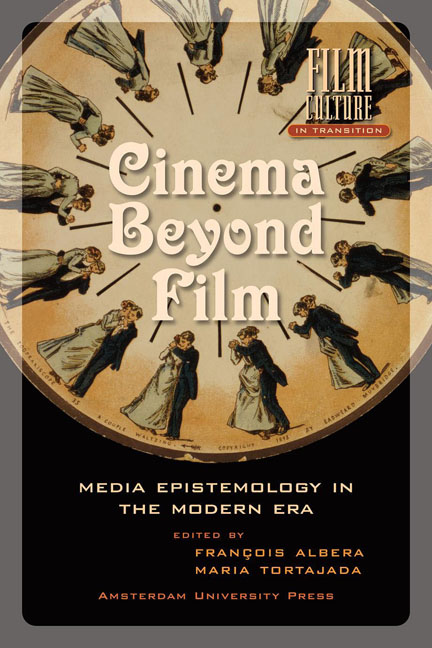Dynamic Paths of Thought: Exhibition Design, Photography and Circulation in the Work of Herbert Bayer
Published online by Cambridge University Press: 22 January 2021
Summary
All exhibitions – whether they be artistic, commercial or didactic, and however diverse their design – are very similar in one respect: visitors are supposed to be able to move around inside them. The ordered set of objects or images on display encourages the spectator to engage in physical activity and walk around. The blossoming of the exhibition during the eighteenth and nineteenth centuries was indeed inseparable from the development of the walk – a social practice that was recognised by the bourgeoisie. But leaving aside the fact that an exhibition normally takes place inside, it constitutes a special type of walk, given that it may offer both the attraction of the spectacle and the cognitive virtue of the book.
This physical and kinetic component has not always been given the importance it deserves. Artistic exhibitions in particular have long ignored the specific nature of the visit, the particular way of linking an intellectual or sensory process with the spectators’ movements through the building. During the 19th and 20th centuries, the majority of exhibitions continued to assign the supposed force of their impact to a pre-existing and self-sufficient object – the work of art – taking little notice of the effects produced by the actual setting up of the space and the way visitors’ movements are organised. They have basically stayed close to the principle of the shop in the way they function – a manufacturer makes autonomous objects over a period of months or years, and they are then brought together and put on sale, simply by displaying them as advantageously as possible.
The mode of production of didactic exhibitions is a very different one. Whatever their theme – singing the praises of hygiene, health food, leisure activities or modern housing, or setting out a political discourse – they began to flourish in the 1920s, particularly in Germany, and enjoyed great prestige among artistic and intellectual circles, which identified them as belonging to the new, modern mass media, alongside the cinema, radio and illustrated newspapers. Even if they are part of the tradition of the nineteenth century’s fairs and universal exhibitions, and often include a commercial section, they nonetheless differ on one important point – exhibitions were less concerned with presenting products than ideas.
- Type
- Chapter
- Information
- Cinema Beyond FilmMedia Epistemology in the Modern Era, pp. 117 - 144Publisher: Amsterdam University PressPrint publication year: 2012
- 1
- Cited by



